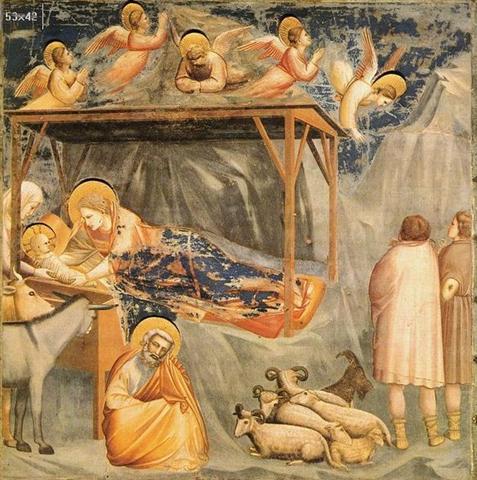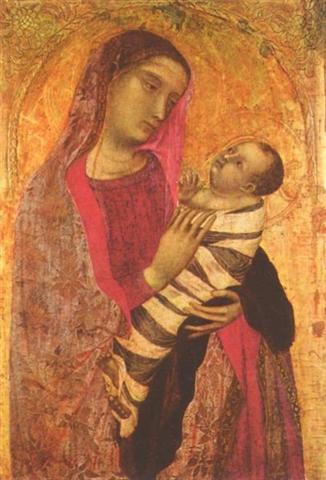I have to update my table for the Hindu stations in time. There was only a single mansion in Gemini, possibly because July 12 (193) - the first day of Punarvasu - was the date for the 'birth' of 'year 2'. The previous constellations had 2 mansions each. Possibly the reason for the single mansion was the death of Castor (who rose with the Sun in July 12). Maybe he - like Mokuola - had to die in order to transfer his spirit of life to the next generation:
╣ γ and δ Cancri are the Asses (Aselli), while θ with no proper name rose a pair of days earlier. ... θ is the last star in the Ara constellation, and the ancient meaning of this letter was described as a wheel by the Phoenicians but for the Egyptian it meant 'good':
When the wheel of time has come full cycle around and the upside down fire-altar is in the past the times ahead should be good (or lucky Sa'ad) ... Inside this triangle of stars (or rather quadrangle if η is included) is ε (the 'very little one') and the Beehive Cluster (Messier 44):  ▓ I have here chosen to use the idea of a place with no light, which seems to be expressed by Ulug Beg: "δ, ε, ζ, η, ρ, and σ, 3d to 5th magnitudes, on the head, were Ulug Beg's Min al Az'al, Belonging to the Uninhabited Spot." (Allen) In the Hindu system the 'zayin' star, ζ, is not included, possibly because it was not needed for a pentagonal outline:
The duration for the stars of the Nourisher (Pushya) is only 4 days:
I have redmarked the stars of Pushya. They are embedded in the nakshatra Āshleshā, the Embrace. The close embrace between Sky and Earth in winter is reflected in a close embrace between Mother Earth (the Nourisher) and her Child in summer.
... The poet identifies himself with the God of the Waxing Year and his Muse with the Goddess; the rival is his blood-brother, his other self, his weird. All true poetry - true by Housman's practical test [i.e. it makes the hairs of one's chin bristle if one repeats it silently while shaving] - celebrates some incident or scene in this very ancient story [the Theme], and the three main characters are so much a part of our racial inheritance that they not only assert themselves in poetry but recur on occasion of emotional stress in the form of dreams, paranoic visions and delusions. The weird, or rival, often appears in nightmare as the tall, lean, dark-faced bed-side spectre, or Prince of the Air, who tries to drag the dreamer out through the window, so that he looks back and sees his body still lying rigid in bed; but he takes countless other malevolent or diabolic or serpent-like forms ... It will be objected that man has as valid a claim to divinity as woman. That is true only in a sense; he is divine not in his single person, but only in his twinhood. As Osiris, the Spirit of the Waxing Year, he is always jealous of his weird, Set, the Spirit of the Waning Year, and vice versa; he cannot be both of them at once except by an intellectual effort that destroys his humanity, and this is the fundamental defect of the Apollonian or Jehovistic cult. Man is demi-god: he always has either one foot or the other in the grave; woman is divine because she can keep both her feet always in the same place, whether in the sky, in the underworld, or on this earth. Man envies her and tells himself lies about his own completeness, and thereby makes himself miserable; because if he is divine she is not even a demi-goddess - she is a mere nymph and his love for her turns to scorn or hate. Woman worships the male infant, not the grown man: it is evidence of her deity, of man's dependence on her for life. She is passionately interested in grown men, however, because the love-hate that Osiris and Set feel for each other on her account is a tribute to her divinity. She tries to satisfy both, but can only do so by alternate murder, and man tries to regard this as evidence of her fundamental falsity, not of his own irreconsolable demands on her. The Hydra constellation is apparently connected with a Serpent, possibly because of the Waning year. | ||||||||||||||||||||||||||||||||||||||||||||||||||||||||||||||||||||||||||||||||||||||||||||||||||||||||||||||||||||||||||||||||||||||||||||||||||||





